From Perriand to Prouvé, François Laffanour sets the stage for a masterclass in modernism
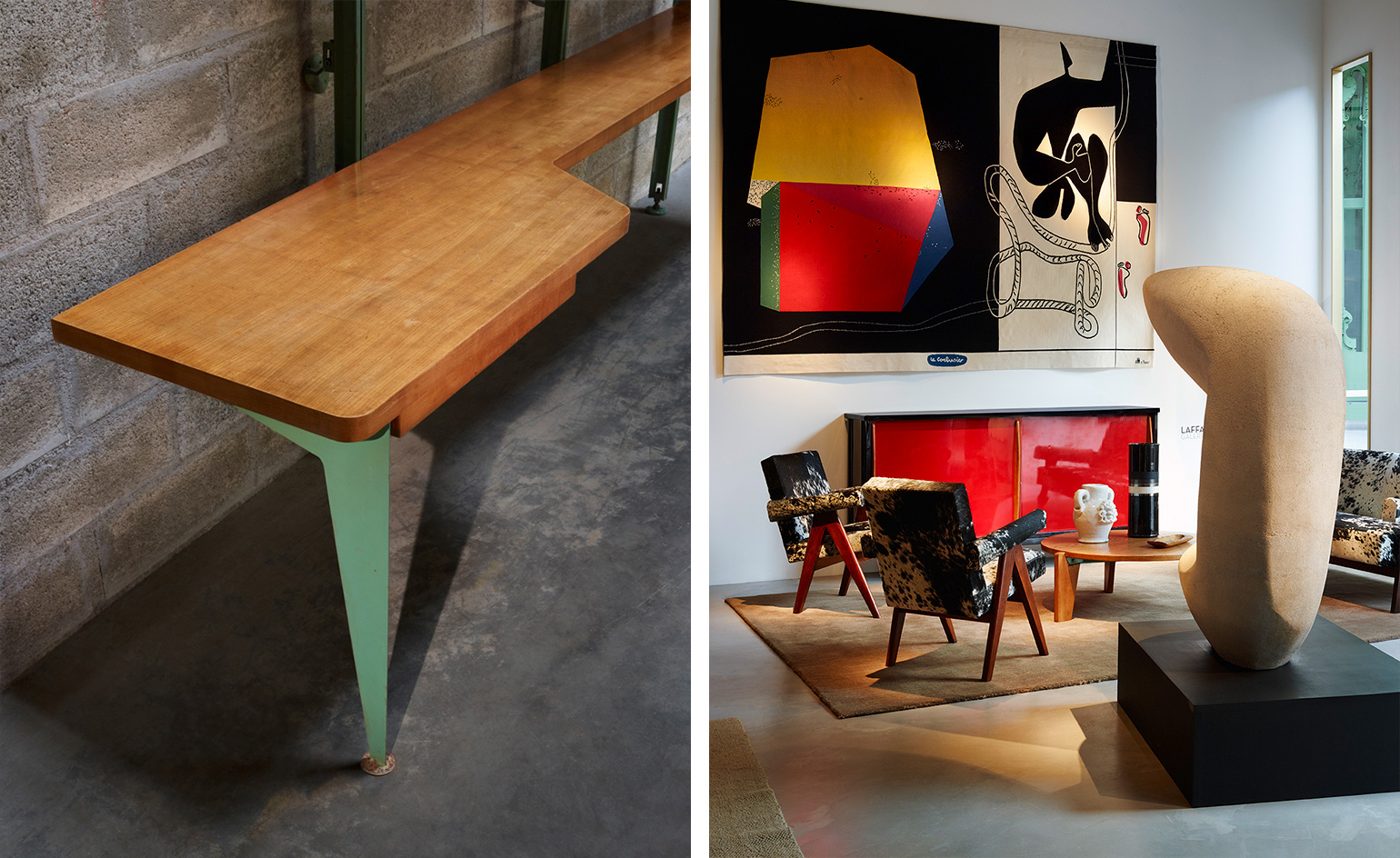
Ardent admirers and collectors of Jean Prouvé, Charlotte Perriand, Serge Mouille and Le Corbusier will already know that Laffanour Galerie Downtown Paris stands out for its superior selection of 20th-century furniture and decorative objects. At the annual Biennale des Antiquaires – freshly branded La Biennale Paris – the Left Bank gallery once again staged an immersive and inspired arrangement of its collection, this time with a few noteworthy additions.
With faux structural columns in high-gloss bluish grey placed throughout the booth, visitors immediately sense the shift from the Beaux-Arts expanse of the Grand Palais to a modern architectural style and scale. The space, despite its brief six-day run, feels permanent. ‘What I love with the columns is the reference to Le Corbusier but at the same time, also a reference to the classicism of Greece, which he was actually referencing, too,’ François Laffanour told us.
The dark palette continues along the left wall where a Perriand bookcase is complemented by her ‘Forme Libre’ table and armchairs, the latter newly reupholstered in graphic cowhide. Laffanour says this ensemble suggests ‘great rigour and elegance’, adding that ‘here, you see the most beautiful of Perriand’s works; there’s obvious simplicity as well as luxury even though the materials that are not at all luxurious’.
To the right, a grouping of chairs and a sofa by Pierre Jeanneret appear in the same cowhide, with further punch provided by Prouvé’s ‘Bahut’ console panelled in red. Hanging directly above is a unique Le Corbusier tapestry filled with expressive shapes including a geometric plot of primary colours, decoupage-style bodies, a pair of footprints and a meandering rope. Titled ‘Trace des pas dans la nuit’ (‘Trace of footprints in the night’), it is listed by the Fondation Le Corbusier but was never commercialised.

Installation view of Laffanour Galerie Downtown Paris
Workmanship aside, the large format and dynamic composition make it as visually impactful as anything in the booth. But just a little further on, a bookcase from Prouvé is, in its own way, equally remarkable. Commissioned in 1951 to furnish the Villa Dollander in southeastern France, it features three green steel beams staggered with shelves, the lowest one swooping outward to function as a desk. Laffanour notes a ‘poetry’ to the design, pointing out how Prouvé has ‘humanised’ an otherwise utilitarian form.
The effect of an enlarged Le Corbusier print along one back wall and a floor-to-ceiling mirror on the other seemingly expands the space beyond its 92 sq m and visitors may wish they could, indeed, proceed further. Instead, they might find themselves lingering over a rare polychrome wood sculpture, Ozon Opus I, conceived by the architect in 1947 with the help of Joseph Savina, a cabinetmaker from Brittany.
The assemblage seems dream-like and widely open to interpretation, yet there’s no denying a similarity between the rising blue mass and his distinctive ship-inspired chimney of the Cité Radieuse in Marseille. And even though Le Corbusier himself was not a sculptor, the piece, according to Laffanour, holds significance within his canon. ‘I consider it a very important piece; what you see is so original – a little surrealist, a little cubist. It’s truly extraordinary. I was eager to show this because as a counterpoint to the furniture that is well-balanced, this presents a notion that is sculptural yet also mental,’ he explains, noting how it brings dimension to the abstracted, cubist aspects that Le Corbusier had pursued in his earlier purist paintings with Amédée Ozenfant.
This version, with its name referring to the Pyrenean village where Le Corbusier lived for a short time in 1940, is one of three and belonged to Savina himself. Apparently, the architect intended to make a larger version, no doubt amplifying the strangeness. Yet at this size, the sculpture feels contained and satisfying – an impression that could just as easily apply to Galerie Downtown’s booth, as well.

From left, ‘Forme Libre’ table and stool, by Charlotte Perriand; and ‘Ozon Opus I’, 1947, by Le Corbusier.
INFORMATION
For more information, visit the Laffanour Galerie Downtown Paris website
ADDRESS
Laffanour Galerie Downtown Paris
18 Rue de Seine
75006 Paris
TELEPHONE
Receive our daily digest of inspiration, escapism and design stories from around the world direct to your inbox.
33.1 46 33 82 41
-
 A day in Ahmedabad – tour the Indian city’s captivating architecture
A day in Ahmedabad – tour the Indian city’s captivating architectureIndia’s Ahmedabad has a thriving architecture scene and a rich legacy; architect, writer and photographer Nipun Prabhakar shares his tips for the perfect tour
-
 You can now stay in one of Geoffrey Bawa’s most iconic urban designs
You can now stay in one of Geoffrey Bawa’s most iconic urban designsOnly true Bawa fans know about this intimate building, and it’s just opened as Colombo’s latest boutique hotel
-
 Pentagram’s identity for eVTOL brand Vertical Aerospace gives its future added lift
Pentagram’s identity for eVTOL brand Vertical Aerospace gives its future added liftAs Vertical Aerospace reveals Valo, a new air taxi for a faster, zero-emission future, the brand has turned to Pentagram to help shape its image for future customers
-
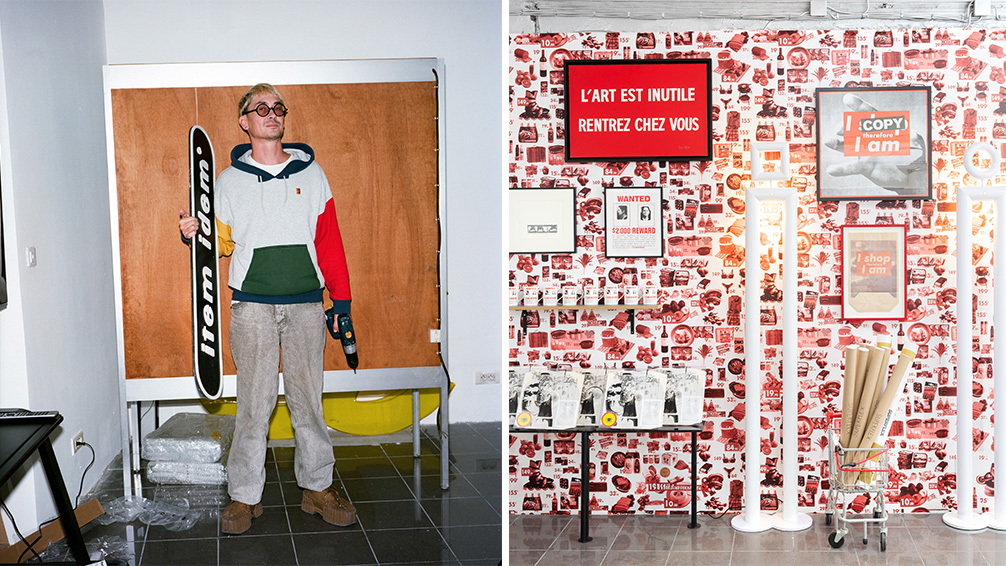 Is this Paris' most design-focused holiday shop?
Is this Paris' most design-focused holiday shop?Shop weird and wonderful design and fashion at this playful, postmodern exhibition from Item Idem, where commerce, culture and humour intersect
-
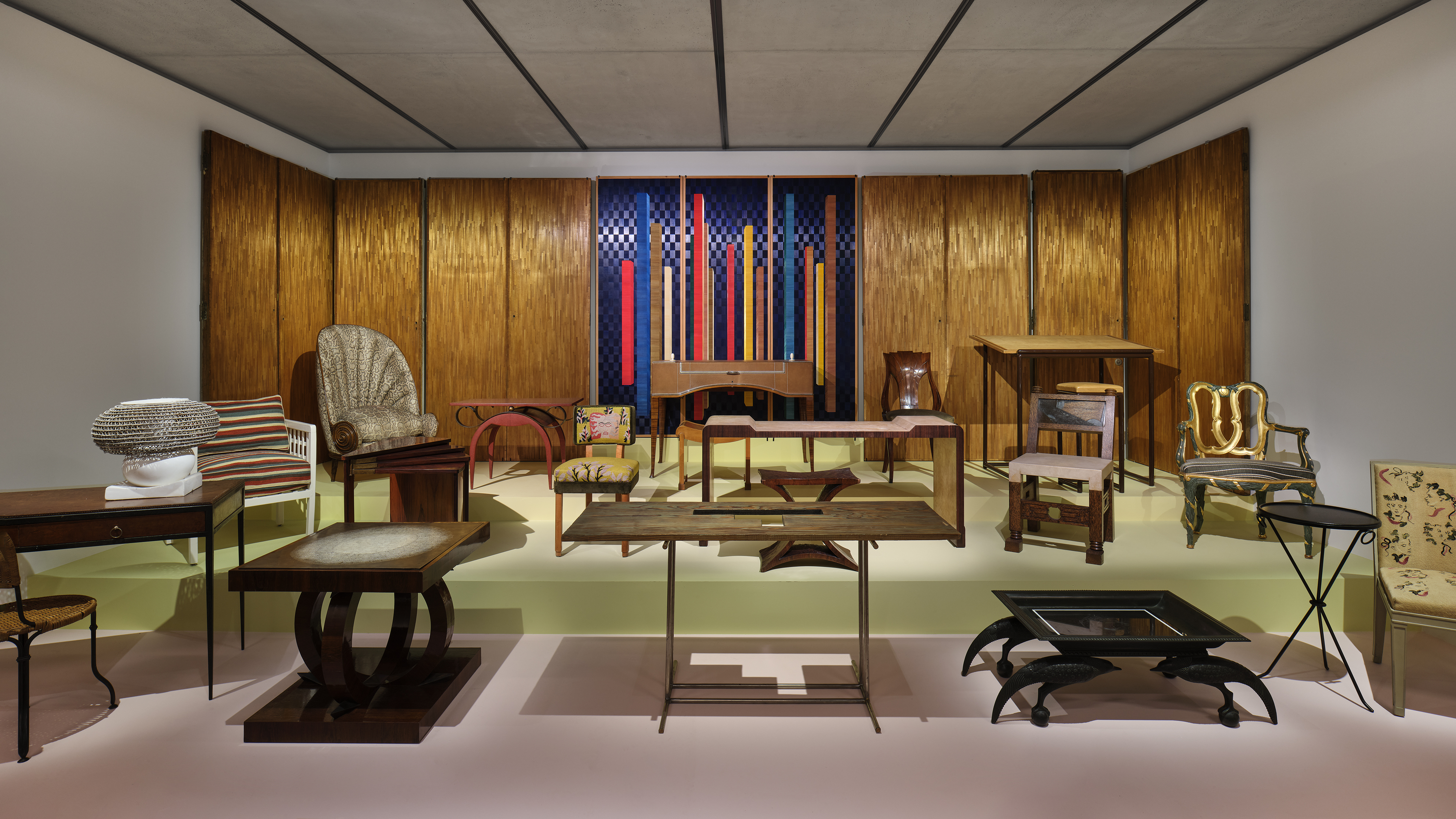 Art Deco's centenary is honoured with a grand exhibition in Paris
Art Deco's centenary is honoured with a grand exhibition in ParisTo mark 100 years of Art Deco, the Musée des Arts Décoratifs in Paris is holding a retrospective that includes furniture, tableware, clothing, jewellery and objets d’art (on view until 26 April 2026)
-
 Best of Design Miami Paris 2025: animal sculptures and musical ping-pong tables
Best of Design Miami Paris 2025: animal sculptures and musical ping-pong tablesDesign Miami Paris returns to the Hôtel de Maisons (until 26 October 2025): here are the Wallpaper* highlights
-
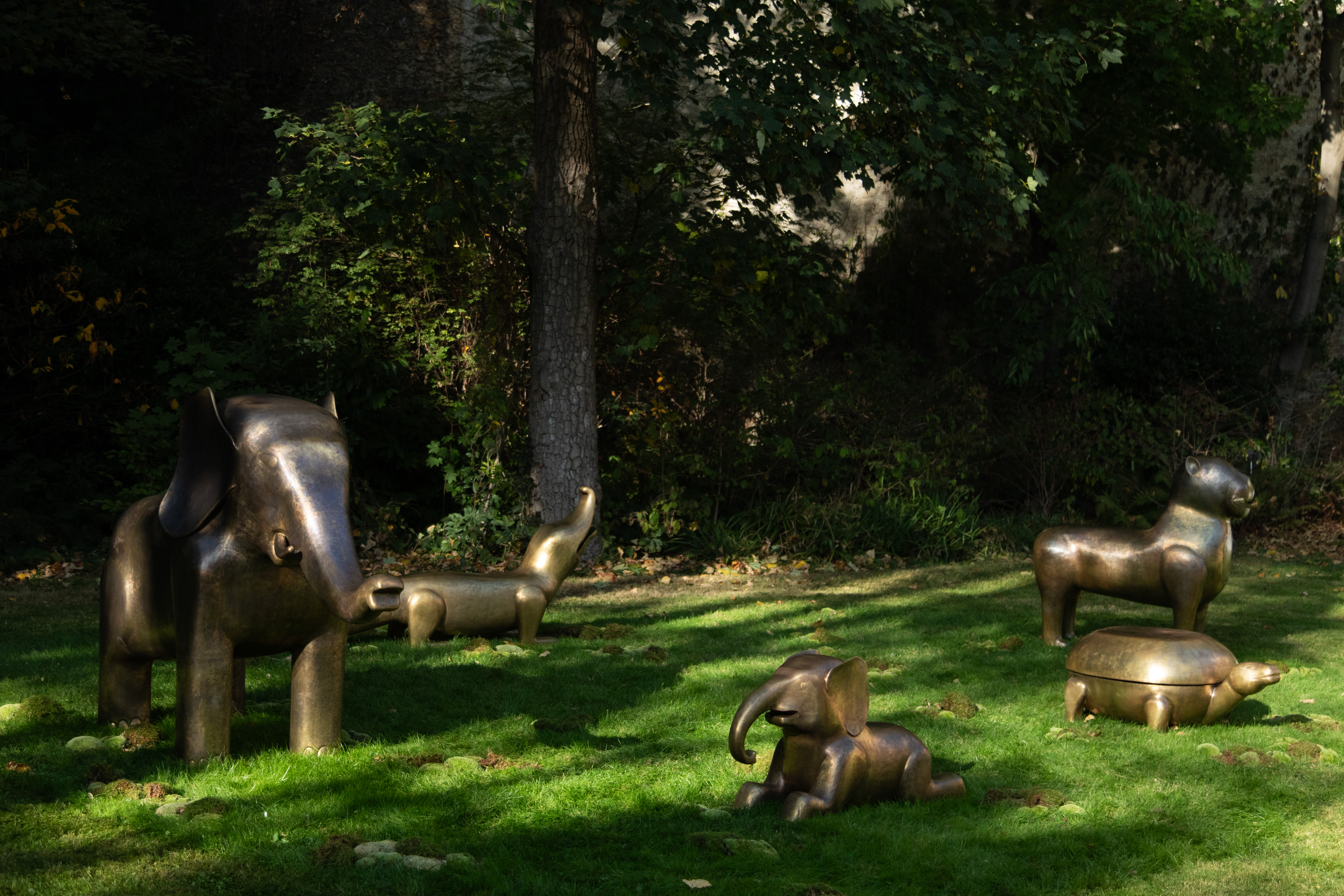 At Design Miami Paris, an artful menagerie tells a story of scent and nature
At Design Miami Paris, an artful menagerie tells a story of scent and natureVikram Goyal and Sissel Tolaas present ‘The Soul Garden’ at Design Miami Paris (until 26 October 2025), ‘a contemporary fable where the animals take new forms, reimagined for the world we live in today’
-
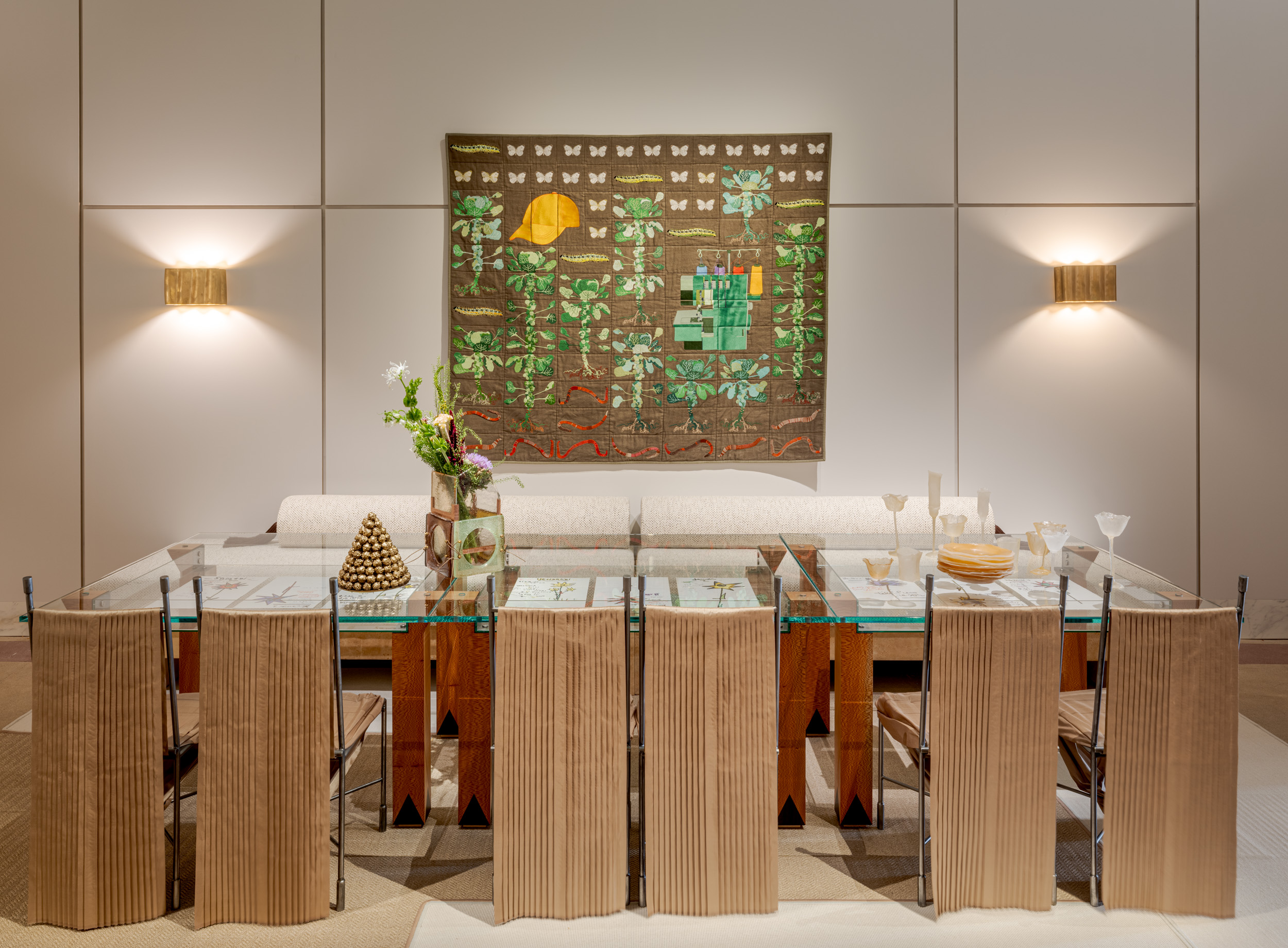 These are the best design exhibitions to see in Paris this week
These are the best design exhibitions to see in Paris this weekAs Design Miami Paris and Art Basel Paris make their return, we round up the best design exhibitions to discover in the city
-
 A monumental exhibition of French design revives the spirit of art deco for contemporary times
A monumental exhibition of French design revives the spirit of art deco for contemporary timesThe Galerie des Gobelins hosts the inaugural Salon des Nouveaux Ensembliers, a contemporary movement inspired by art deco’s grand traditions
-
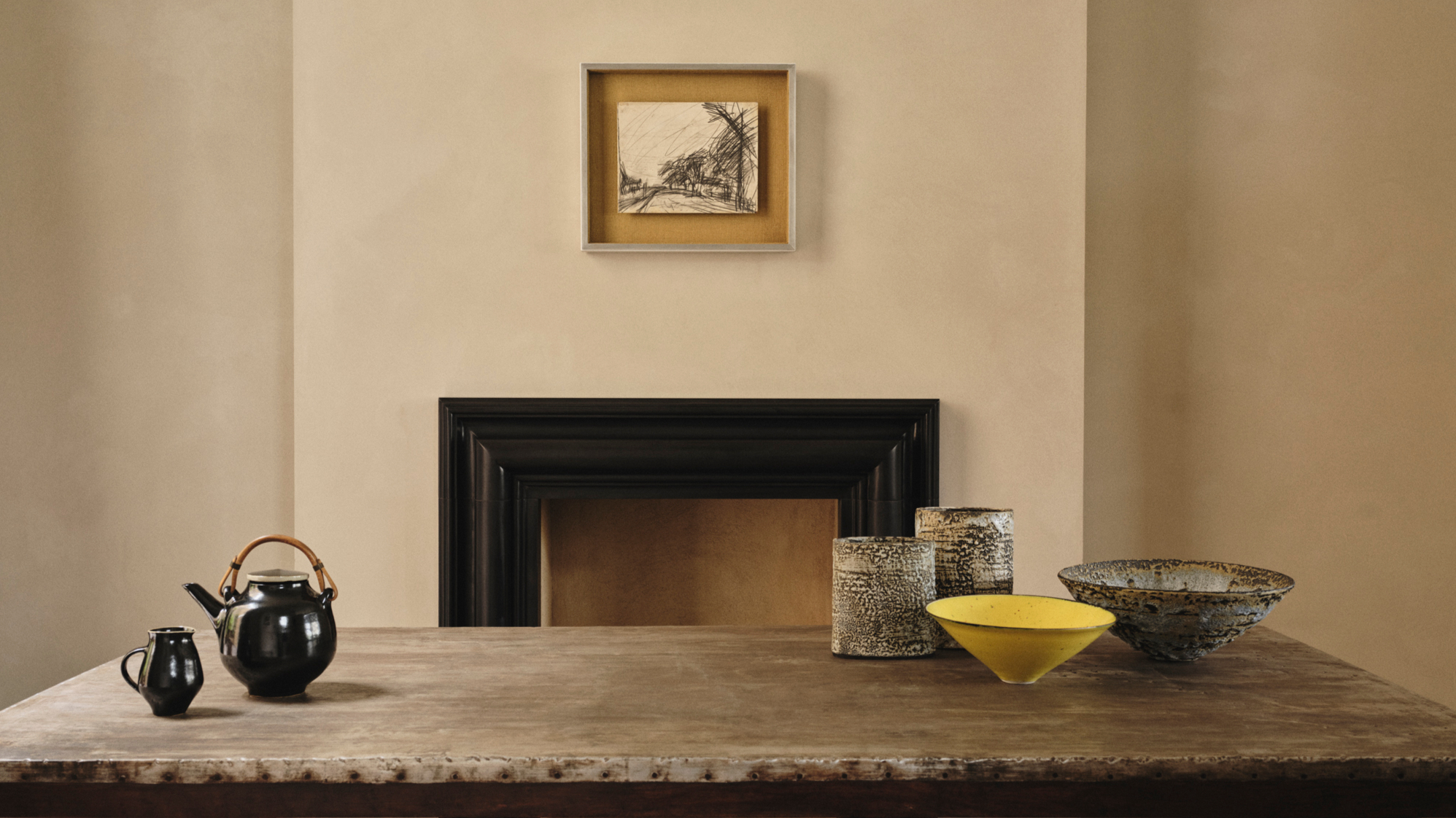 Rajan Bijlani opens his Primrose Hill home for ‘Electric Kiln’
Rajan Bijlani opens his Primrose Hill home for ‘Electric Kiln’In his London home – once the studio of ceramicist Emmanuel Cooper – Rajan Bijlani stages ‘Electric Kiln’, uniting Frank Auerbach, Lucie Rie and Cooper in an intimate reflection on the creative spirit of postwar London
-
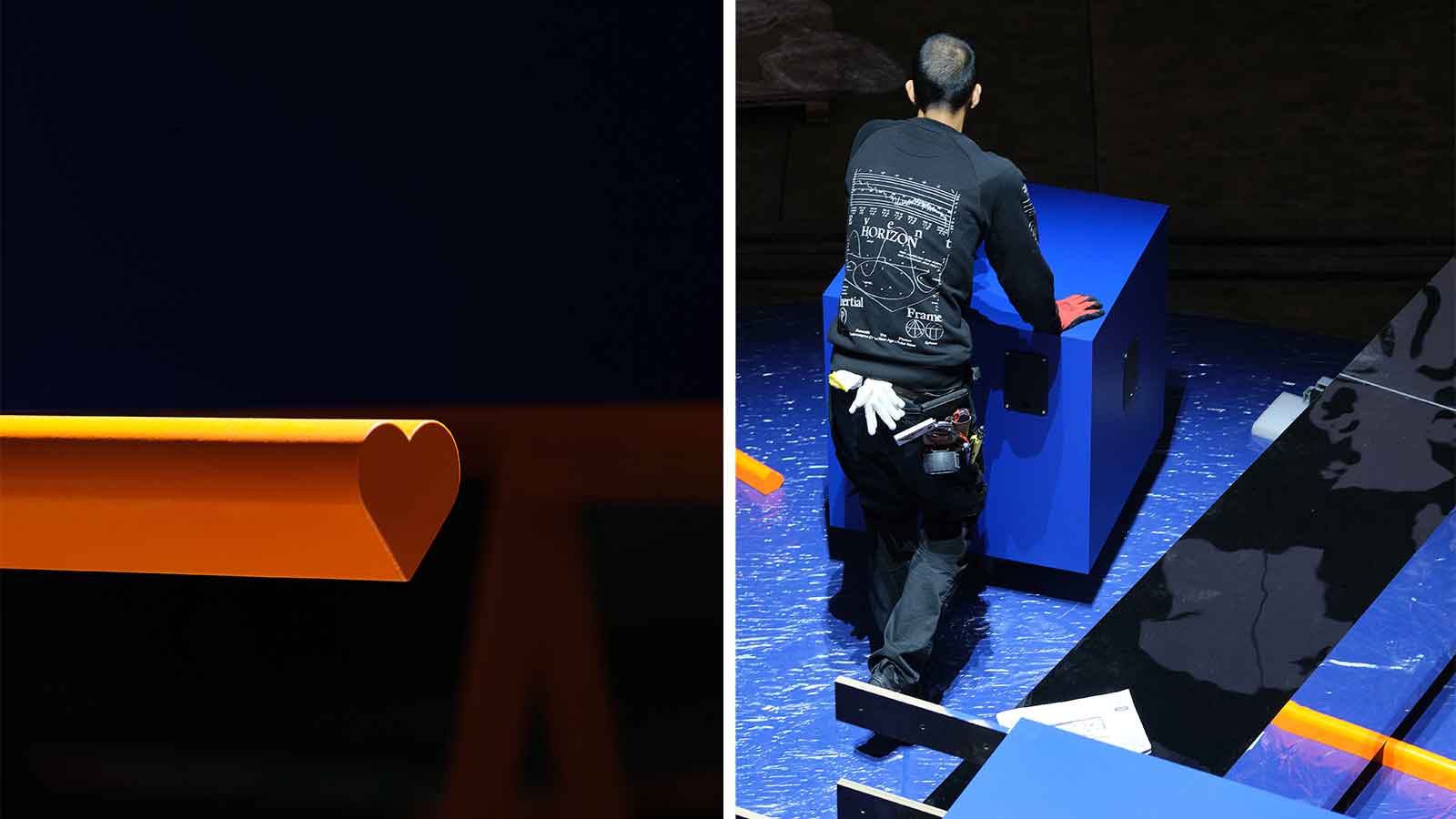 ‘The club is the place where everything is possible’: this Paris Design Week exhibition is conceived as a disco
‘The club is the place where everything is possible’: this Paris Design Week exhibition is conceived as a disco‘Design Disco Club’, curated by Christopher Dessus during Paris Design Week 2025, presents 30 emerging designers in a dark, disco-like environment